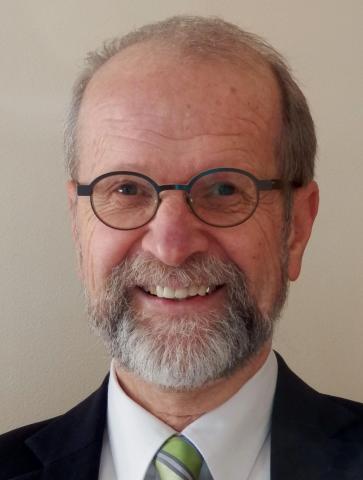event
Materials Innovation Lecture Series
Primary tabs
Abstract
With the availability of unprecedented computing power and advanced software, we are witnessing increasing industrial interest in atomistic materials modeling and simulation. After a brief review of the underlying scientific foundations, this lecture will illustrate the industrial value of such simulations using examples encompassing metallurgy, microelectronics, batteries, adhesion of polymers on metal surfaces, and the simulation of fluids. In the case of metallurgy, one of the examples is the prediction of solubility products in the context of precipitation hardening in ferritic steels using ab initio methods. Understanding and predicting channel distortion represents an important application concerning the safety of nuclear reactors. Reducing the power consumption of novel microelectronic devices by controlling the chemistry of metal/oxide interfaces highlights the capabilities of today’s electronic structure computations. The use of an ab initio computational approach in the design of low-strain cathode materials for Li-ion batteries demonstrates the value of this technology in battery research. Optimizing the adhesion of epoxy resins on oxidized metal surfaces shows the usefulness of atomistic simulations for amorphous materials. The quantitative predictive power for thermodynamic and rheological properties of fluids offers a view of the wide span of today’s atomistic simulations for liquids. The underlying patterns of these application examples will be discussed, and this lecture will conclude with a perspective on current development trends and the growing industrial and economic impact of atomistic materials modeling and simulation.
Biography
Erich Wimmer, a native of Austria, is co-founder and Chief Scientific Officer of Materials Design. He obtained his doctoral degree from the Technical University in Vienna, Austria, in 1977. As post-doc in the group of Prof. A. J. Freeman at Northwestern University he was instrumental in the development of the FLAPW method. In 1985 he joined Cray Research in Minnesota and initiated an industrial consortium to develop the software platform UniChem. In 1992 he was hired by Biosym Technologies in San Diego and started an industrial consortium for simulations of electronic, optical, and magnetic materials. Dr. Wimmer is author and co-author of over 120 scientific publications and book contributions. He has been selected as “Outstanding Referee” by the American Physical Society.
Status
- Workflow Status:Published
- Created By:Farlenthia Walker
- Created:11/07/2017
- Modified By:Cecelia Jones
- Modified:11/10/2017
Categories
Keywords
Target Audience

